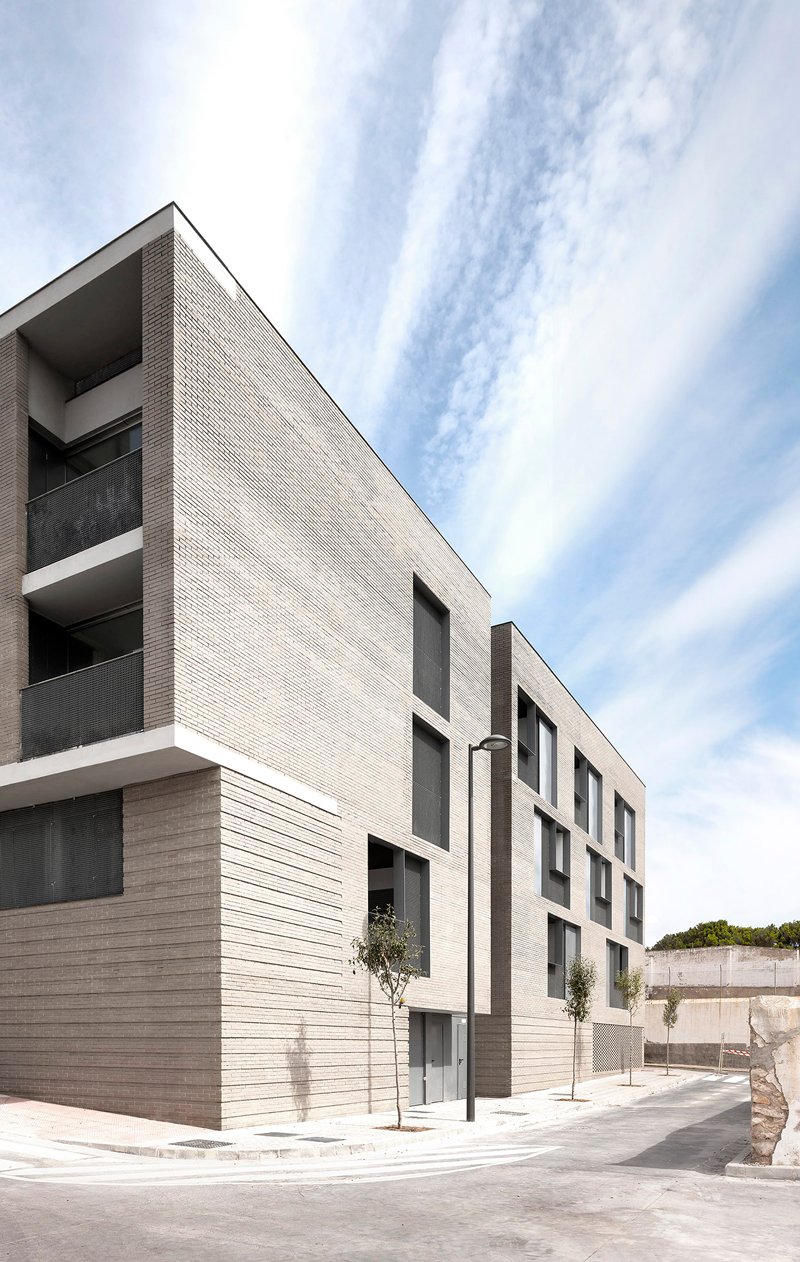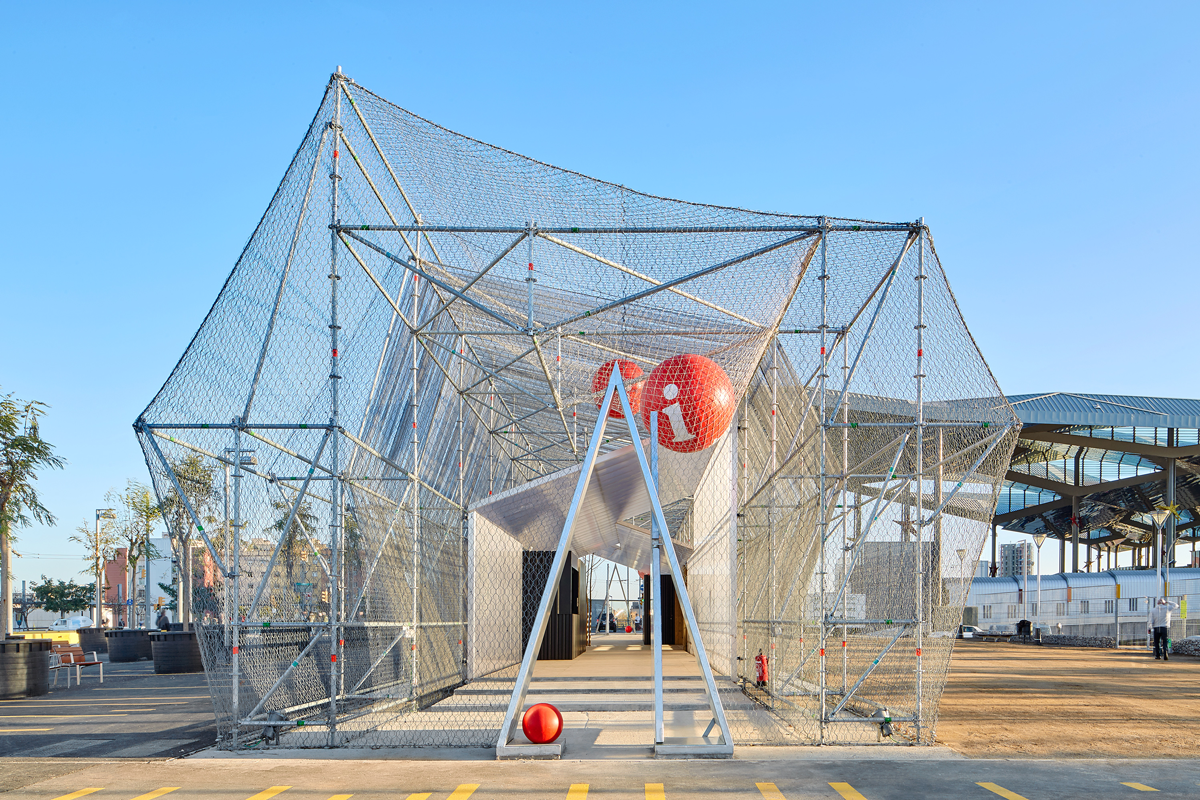Peris+Toral Adapts to the Crisis with a Public Space Project in Badalona
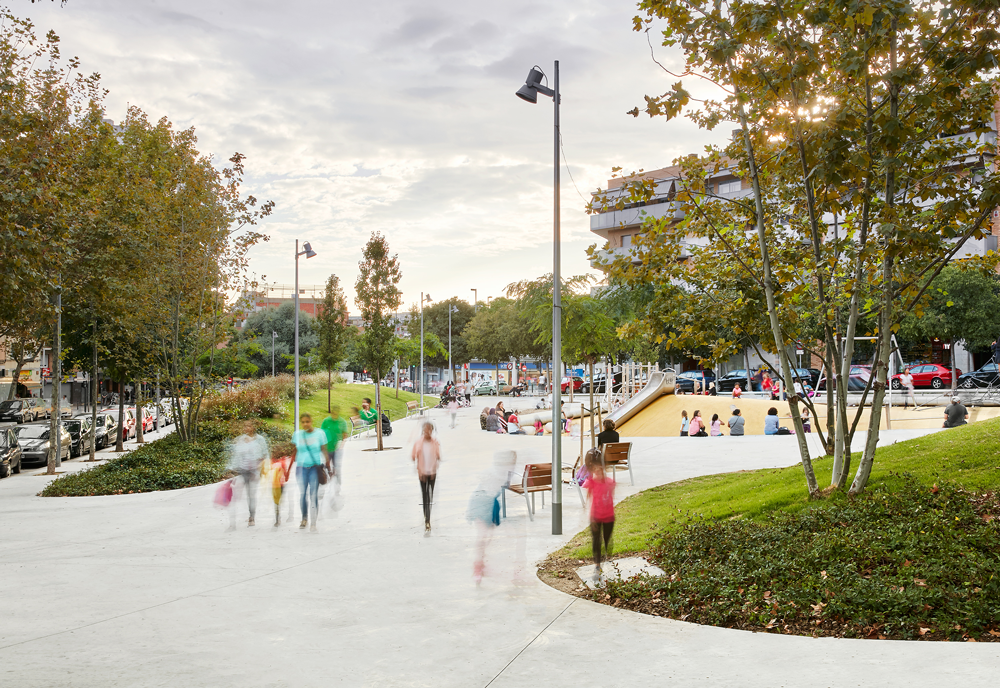
Founded in Barcelona in 2005 by Marta Peris and José Manuel Toral, the firm peris+toral.arquitectes was notably shortlisted for the EU Mies van der Rohe Award of 2017, and their work was exhibited in the Spanish Pavilion (Golden Lion) at the Venice Biennale of 2016. Last year, their temporary pavilion, Information Point in Barcelona, was published in issue 413 of AA on the Temporary City. Their last project is the redevelopment of a public space in Badalona, in the periphery of Barcelona, with a simple gesture of dunes and a cavity, designed for children and adults. On this occasion, AA spoke with the Catalan architects about their project and, in a country still affected by the economic crisis – a topic covered in the report of issue 419, published on June 30th -, their situation as architects working in Spain.
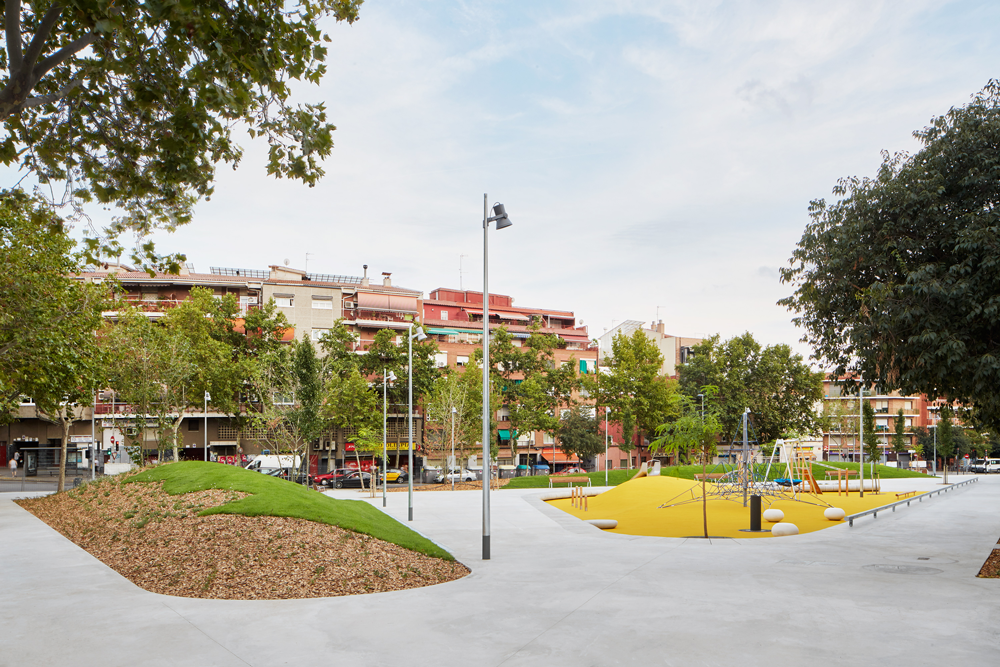
How did the public space project in Badalona come about?
The public space of Badalona is a small walking strip bordered by three streets. The space was taken up by a temporary market for ten years, during which another market was being built; when the latter opened, the temporary market was abandoned and the Projects Service of Badalona Council then asked us to come up with a new walking area on the square. We were restricted by a small budget of 95.5 €/sq.metre! We decided on a children playground, linking the schools and pre-school centres nearby, but also wanted the space to be intergenerational, dissolving the limits between children and adults.
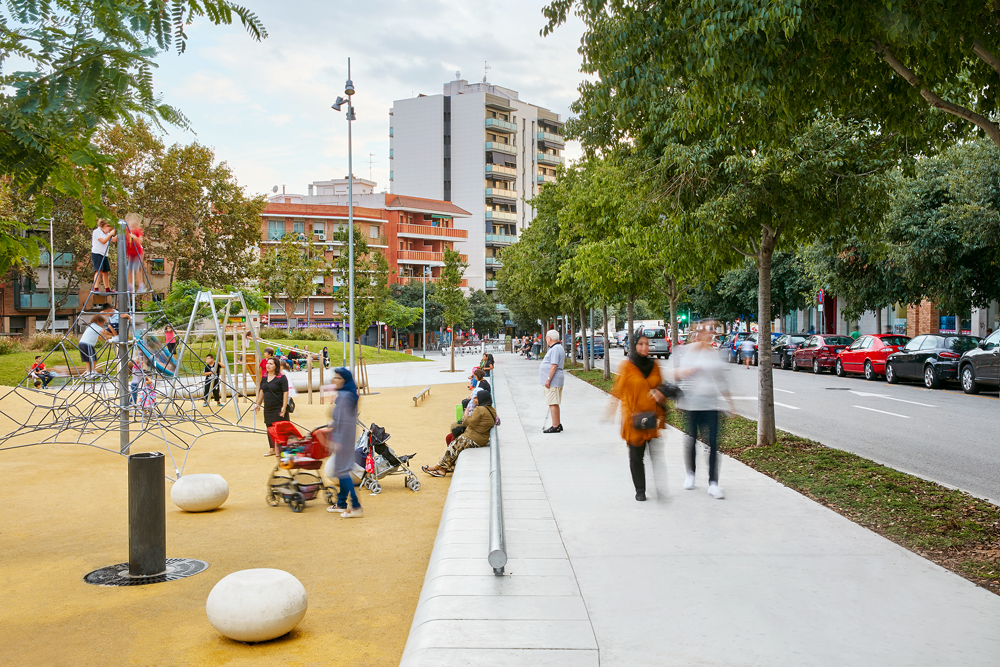
What architectural concept have you developed within this urban project ?
In Barcelona, children playgrounds are usually bordered with fences. We wanted to eliminate them with a simple architectural gesture: we changed the topography of the site, with two dunes facing the Carrer de Verdiand and Avinguda de Mònaco streets, which are full with traffic and parking areas, in order to remove the cars from the field of vision of the children. Thus people walking on the central strip feel sheltered from the nearby circulation. For the children area, we created a gentle hollow, a space both freeing and safe, thanks to the absence of fences but with a difference in level which creates a physical limit. The children can therefore easily be watched over by their parents. On the Avinguda d’Itàlia side, the car circulation is less intense, so a line of trees is enough to separate the pedestrians from the traffic. Finally, the dunes are planted with grass, creepers and shrubs. The strip is planted with trees, creating an arboreal mass which strengthens the continuity of the green axis that runs from the river Besòs all the way to the Park of Montigalà.
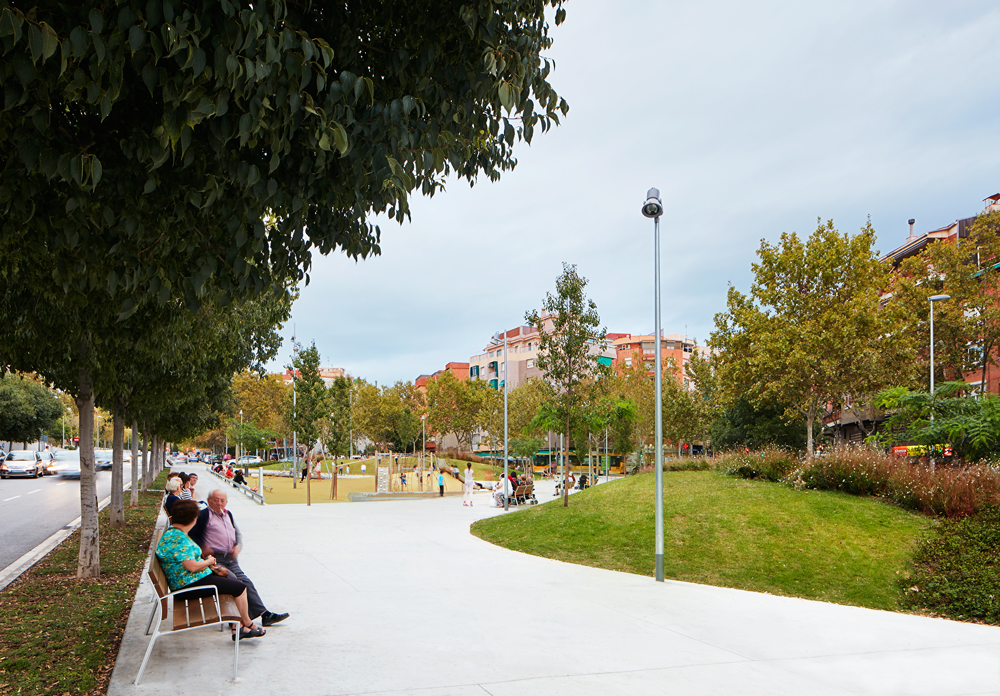
How does the economic crisis influence your professional practice at the moment?
Our office mainly works on social housing projects and public space projects, and the crisis has very much affected us: we have won many competitions without finances for their construction, because of big budget restrictions. Therefore in the last few years we haven’t built many projects. But, in a way we look at the crisis as an opportunity to change the ideas that the clients have about architecture, because with cheaper budgets we can try new things with less pressure. If you look at the square project in Badalona, for example, it would have been impossible to conceive it without the crisis. Because of the restricted budget, the Council asked us to come up with an architectural solution. Therefore we convinced them that it was cheaper overall to not use fences, but to slightly change the topography of the site, and not to use the usual granite for the strip but rather concrete, so that, in the end, led to an unusual playground area. So we think that the crisis was “freeing”, with more opportunities to reinvent each project, even though there were less projects to work on. Thankfully, at the present moment, there are more competitions available than a few years ago, and we are starting to build more projects. It seems as if the crisis is coming to an end, at least for our office.
